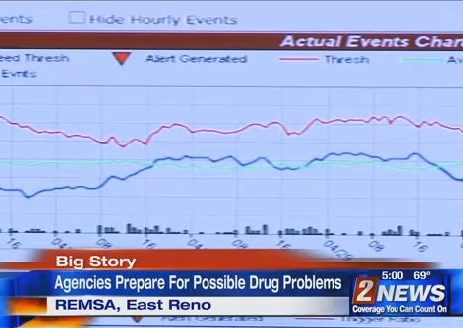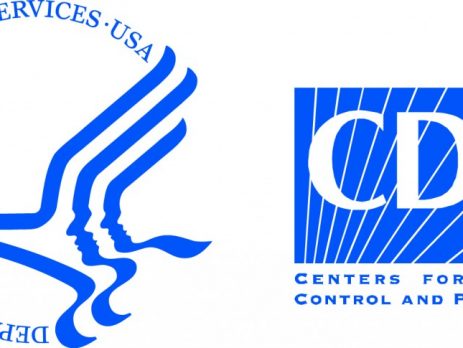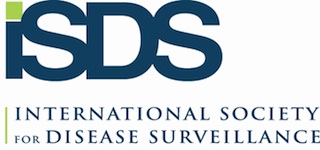Influenza Update Week Ending 2-03-2018
Week ending 2-3-18 The CDC reported that influenza activity (diagnosed flu and Influenza-Like-Illness) increased once again. Levels have met or exceeded flu and ILI markers from flu seasons over the last decade, including the 2009 Pandemic of H1N1. Although Week #5 is the 11th week of substantial flu activity, and flu activity would normally have peaked by now, that is not the case and the CDC suggests that flu activity may go on for as long as 20 weeks. The only...




